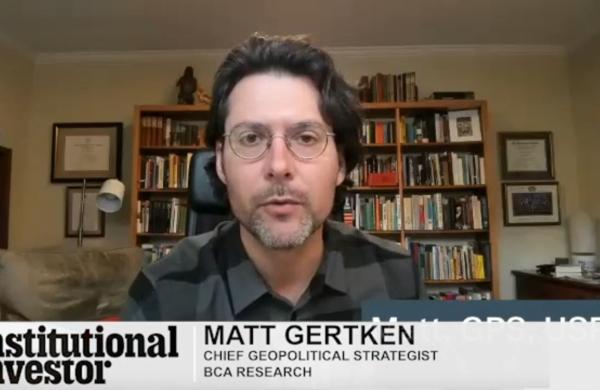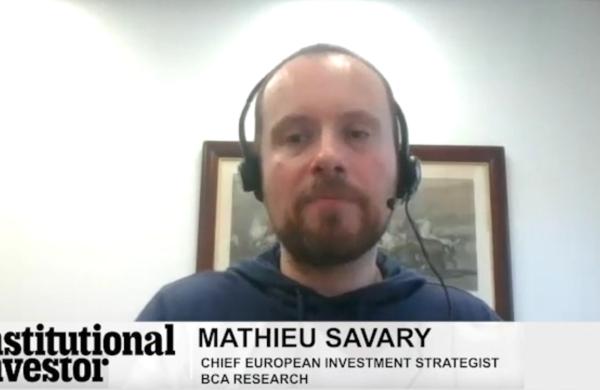U.S. stocks have enriched investors in the past decade and proven resilient during the pandemic. However, the U.S. may finally be on the cusp of losing its “safe-haven” status as it struggles to battle the coronavirus and rehabilitate the economy. If U.S. equities falter will they drag down international stocks? Don’t count on it.
In the first decade of this century, falling U.S. markets did little to impede market gains in Europe and Asia. In fact, European markets rose modestly while emerging markets racked up 10% annual average gains.
Of course, in the most recent decade, the U.S. was where the big money was made, doubling or even tripling the returns in developed overseas markets (Europe and Japan) and emerging markets. And with the robust results of the past decade still fresh in investors’ minds, many advisors—and especially their clients—don’t fully appreciate the need for international market exposure.
But a number of indications suggest that just as the “aughts” were a decade marked by international market outperformance, the coming decade will deliver a repeat performance.
It starts with relative valuations. On a trailing 12-month basis, ended June 30, U.S. markets were valued at 24.2 times earnings per share and carried an average dividend yield of 1.8%, according to Star Capital. For Developed Markets (DMs), the figures stood at 21.5, and 2.3%, respectively. Cheaper, but not cheap by historical standards.
Emerging market valuations are far more attractive. At the end of June, they were valued at 15 times trailing earnings and sported an average 3.2% dividend yield.
Yet there’s no reason to venture abroad simply on the basis of relative valuations. Instead, it is the underlying growth dynamics in place that merit attention.
David Marcus, the chief investment officer at Evermore Global Advisors, oversees his firm’s Global Value Fund (ticker: EVGBX) and has been researching European stocks and sectors for three decades. He now sees profound changes underway across the pond.
Marcus considers the recent moves by the European Union (E.U.) to underwrite a €1.8 trillion ($2.06 trillion) budget and rescue spending plan to be significant. These aren’t merely new loans but also grants that can help strengthen all countries on the continent, notes Marcus. The longstanding fears of an economic breakup have been put to bed, and “it's clear by these moves that even tighter integration among economies will be taking place in coming years.” He adds that “this is an enormous amount of support and will strengthen the EU. It’s a real game-changer.”
More importantly, European businesses are now adopting many of the same moves that enabled U.S. firms to unlock shareholder value over the past decade. “The conglomerates are shedding non-core divisions to become more streamlined and more efficiently allocate their capital,” says the portfolio manager.
Marcus sees a new era of activist investing taking place in Europe, though with a twist. “Major investors are pushing for more board representation, though with a collaborative approach,” says Marcus. In contrast, U.S.-focused activist investors have typically been more focused on short-term changes that can provide shares a quick boost.
There’s also a growing level of private equity interest in Europe, “which is fueling rising M&A and capital inflows,” says Marcus. To be sure, Europe isn’t the picture of health at the moment, as earnings will likely drop 35% to 40% this year. Still, as many countries got Covid-19 under control in recent months relatively quickly, enabling an economic re-opening, fully 58% of companies in the MSCI Europe Index were able to beat second quarter earnings estimates, according to Morgan Stanley.
Jari Stehn, chief European economist at Goldman Sachs, recently told Bloomberg News that “it’s very clear that the euro area turned down more sharply but we also expect it to bounce back more sharply.” Looking ahead to 2021, analysts at JPMorgan predict the euro area economy will grow 6.2%, compared to 2.8% growth in the U.S.
The expected tepid rebound for the U.S. economy helps explain the recent drop in the dollar against other major currencies. The greenback has fallen around 7% in the past three months, which has the effect of boosting the value of foreign investments as they are repatriated back into dollars.
Stephen Roach, the former Morgan Stanley Asia chairman, recently told MarketWatch that the dollar may sharply deteriorate from current levels. “I do think it’s something that happens sooner rather than later,” he said. In fact, Roach predicts a 35% drop in the dollar against other currencies. That could have an outsized positive impact on emerging market economies, which tend to strengthen when the dollar weakens as liquidity flows back into their markets.
What’s an investor to do?
With a 6.4% annualized return over the past decade, the Morgan Stanley European Equity fund (EUGBX) has been a top performer. However, investors may be put off by the 1.53% yearly expense ratio and the 5% deferred sales load. That’s why ETFs may hold greater appeal.
With $15.8 billion in managed assets and a rock-bottom 0.08% expense ratio, Vanguard FTSE Europe ETF (VGK) can be found in many client portfolios. The 5.37% annualized return over the past decade is right in line with the industry average.
Launched in October 2018, the First Trust IPOX Europe Equity Opportunities ETF (FPXE) has not had time to build a long-term track record, but has fared quite well in its short tenure, rising 35% in 2019 and another 18% thus far in 2020, making the 0.70% expense ratio more tolerable. The fund is focused on recent IPOs and spin-offs, the kinds of firms that are being carved out from the major European conglomerates that Evermore’s Marcus alluded to earlier.
Kevin Carter, who oversees the Emerging Market Internet & Ecommerce ETF (EMQQ), suggests that investors heed demographics as they develop targeted exposure to foreign markets. He notes that emerging markets are home to 90% of the world’s population under 30. And that young cohort has been fueling above-trend economic growth. “Collectively, emerging market economies have been growing twice as fast as developed economies for the past two decades, and I think that trend will continue,” says Carter.
Yet Carter also notes that per capita domestic consumption in such countries remains less than half that of developed economies. Those figures are rising, though. “They’re moving up and they want what we have,” says Carter, referring to items such as cars, air-conditioning, and travel.
At first blush, the Columbia Emerging Markets Consumer ETF (ECON) might appear the best way to place this trend. But the fund intentionally excludes the tech sector, which underpins much of the ongoing shift in emerging market spending habits on things like e-commerce and food delivery. As a result, the ETF has delivered an annualized five-year return of just 0.9%.
In contrast, the EMQQ fund has risen an average 17% annually over the past five years. If there is a downside to this and many other EM funds, it is the massive weightings in China (which is 61% in this case). That nation is home to a broad range of leading consumer-focused tech firms. In contrast, a massive country like India has little exposure in funds like these, as many of its dynamic tech and consumer companies are privately-held.
David Semple, who oversees the VanEck Emerging Markets Fund (GBFAX) and has been investing in EMs since the 1980s, sees “a series of factors lining up that will benefit them.” First, he thinks global investors will come to appreciate that Northern Asia has dealt with the fallout of Covid-19 extremely well, which reflects strong local governance in his view. Economic activity in countries like South Korea, Taiwan, and China have already rebounded nearly back to pre-virus levels.
Moreover, Semple says that emerging market interest rates have been steadily dropping “and have room to fall further.” Lower interest rates are always helpful for equity markets as funds are siphoned from debt to equities. Semple says that the most appealing emerging market sectors and trends are technology, healthcare, and remote consumption of digital services. His actively-managed fund aims to align with those core trends.
Many advisors prefer to get their EM exposure from low-cost ETFs such as the Vanguard FTSE Emerging Markets ETF (VWO) or the Schwab Emerging Markets Equity ETF (SCHE), which have annual expense ratios of 0.10-0.11%. The trouble with these funds is that they focus on large blue chips such as Alibaba and Taiwan Semi, and fail to capture the more dynamic younger and faster-growing firms that may be most nimble in capturing emerging market economic trends.
The VanEck Vectors ChinaAMC SME-ChiNext ETF (Nasdaq: CNXT), which focuses on small and mid-cap growth stocks in China, may offer a more appealing avenue to growth. Yet this dynamic ETF also explains why investors need a strong stomach when it comes to such an approach. The ETF has fallen at least 30% in two of the past five years and has also risen by more than 30% in two of those years.
With Europe showing its ability to display political cohesion, bold stimulus support, and a pandemic threat that is receding, the continent appears poised to outperform U.S. markets in coming quarters. And emerging markets remain the sweet spot for investors looking to capture long-term superior demographic-driven economic growth rates.
David Sterman is President of New Paltz, N.Y.-based Huguenot Financial Planning







